The World Health Organization reports that more than 300,000 people have been affected by 6.8 earthquake that hit the Atlas Mountains region of Morocco last Friday. With more than 3,000 dead and 5,000 injured, the number of casualties is high. Aomar Boum and Sarah Stein provide a backgrounder on the region.
Aomar Boum
with Sarah A. Stein
In the wake of the tragic, magnitude-6.8 Adassil earthquake in Morocco that killed more than 2,100 people, media attention has largely focused on the devastation in the old city of Marrakesh, one of Morocco’s four imperial capitals and a popular tourism destination. But the epicenter of the quake lay to the east of this red-walled city, in the High Atlas Mountains. Death and destruction in and around the southern and northern slopes of these mountains and their numerous village communities — throughout the provinces of Taroudant, Chichaoua, Haouz, Ouarzazate and Marrakesh — was on a far greater scale than in the neighboring city of Marrakesh. This is so not only because these rural regions were situated squarely on the quake’s fault line, but because Morocco’s infrastructure-building projects, especially roads, have largely passed them by.
Like many countries throughout the Mediterranean, Morocco is prone to earthquakes. In the northern Rif region near the Mediterranean Sea, earthquakes are a regular occurrence, including major quakes in February 2004 and January 2016. The oldest recorded and most devastating earthquakes occurred in Fez (in 1522 and 1624), Meknes (1755) and Tetouan (1909). The 1755 quake in Meknes killed thousands, destroyed the city, damaged the Roman site of Volubilis, and shook nearby Moulay Idris Zerhoun.
Since Morocco became an independent state in 1956, the single most tragic earthquake was in 1960, in the coastal city of Agadir. The devastation occurred during the month of Ramadan, killed thousands of Moroccans, both Jews and Muslims, and leveled the city.
At this time of crisis, we should honor the High Atlas Mountains’ culture and communities, and let its residents guide the rebuilding of their communities.
The culturally rich communities of the High Atlas Mountains exist in economies that are largely local, notwithstanding a rise of tourism in the region. National and international tourists flock today to the High Atlas Mountains for its natural beauty. There are towering heights, green valleys, winding rivers. The region’s cultural beauty is also immensely rich. This mountain zone is majority Amazigh (Berber), but also historically inhabited by other Muslims and Jews. In the High Atlas Mountains, village-based, local economies support small communities of people who are in certain respects cut off from Morocco’s cosmopolitan urban centers and modern infrastructure networks.
The seeming remoteness of the mountains, along with their majestic landscape, have long drawn Western tourists seeking serenity, natural beauty, and adventure. European painters trekked these mountains to produce paintings that are today sold for millions of dollars. Mission Impossible, Rogue Nation (2015) was filmed here. That film used the Atlas’ switchbacks as dramatic backdrop for a heart-thumping car chase. These same roads are largely destroyed by the recent earthquake. As villagers await the state’s help, young and old residents are travelling from village to village, digging out rubble in search of the living and the dead.
One of our children’s favorite places to stay in Morocco is a hotel near the town of Ouirgane called Chez Momo. Surrounded by orchards of pomegranates and fields of olive trees, the hotel was originally built near Nfis River, until the government dammed that waterway to provide potable water for the Marrakesh region. Chez Momo then moved to a new location overlooking the reservoir, at km 61 Route de Taroudant, in Ouirgane. The owner, Mohamed, a local from the area, employs graduates of nearby University of Cadi Ayyad Marrakesh to staff his beautiful retreat. We have kept in touch with Mohamed over the years and send friends and family to his gracious retreat. After the earthquake we reached out to him, only to learn that his employees lost relatives in the quake and that the hotel itself was badly damaged.
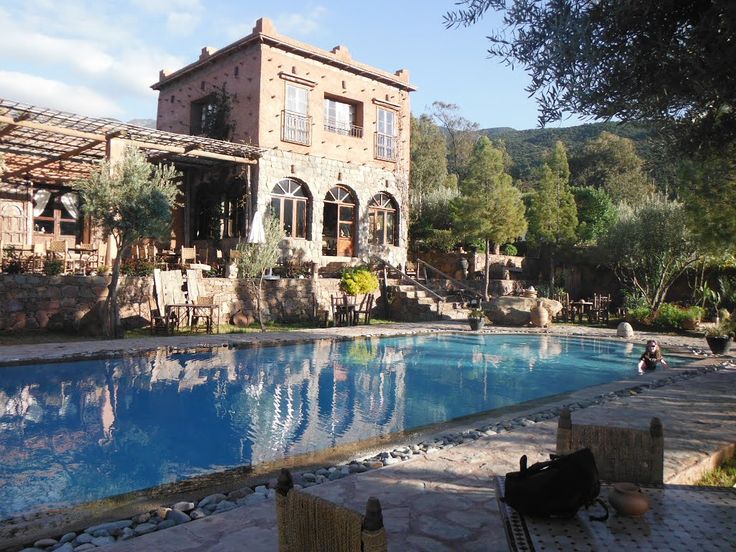
The villages of the High Atlas Mountains, including Ouirgane, Tnirte, and Talat n’ Yacoub, were at the epicenter of the quake. The violent temblor destroyed homes, killed entire families and, in cases, leveled entire villages. Homes there are made of simple earthen walls, and have been built without regard for national safety standards. This is true partly because the Atlas Mountains have always existed as a semi-autonomous zone.
Centuries of volcanic activity have sculpted the stunning geographical features that make up the landscape of the High Atlas Mountains, as have centuries of local culture. Nestled below or overlooking traditional tribal or dynastic centers of power in the High Atlas Mountains, villages and hamlets dot the hills overlooking the Nfis and Tasaft Rivers. For centuries these hamlets (including Ouirgane, Adassil, Talat n’Yacoub, Tnirte, and Tafingoulte) have witnessed the rise and fall of the various dynasties and empires that ruled over North Africa and the Iberian Peninsula. This very valley is where Ibn Tumart established his mosque, Tinmal, in the 12th century. From this historic site, the Almohad Caliphate gained power and wrested Marrakesh from the Almoravid Dynasty in 1152.
From the 10th century to at least the 17th century, the High Atlas Mountain trails served as a vital passage for Saharan caravans, which traveled from the Souss region in sub-Saharan Africa to coastal cities like Marrakesh, ferrying coveted goods like gold, salt, beads, and shells — and even allowing for the spread of Islam.
It was here, in the 19th century, that the Goundafa and Glaoua tribes engaged in fierce competition for power and tribal leadership. Their struggle reflected Morocco’s own negotiation with the rising force of the French Empire, and with European imperialism writ large.
The French protectorate that ruled Morocco from 1912 to 1956 completed a winding road through the High Atlas Mountains in 1929. The absence of wide-scale passage through these mountains had safeguarded Amazigh independence for generations. The French built its only road, connecting Marrakesh to Taroudant, with local labor, who worked under arduous conditions, for little or no pay. It was a remarkable feat of civil engineering, and an expression of cultural dominance, too. Yet despite the fact that the High Atlas Mountains can be more easily traversed today, its villages remain cut off from the urban seat of power in Marrakesh.
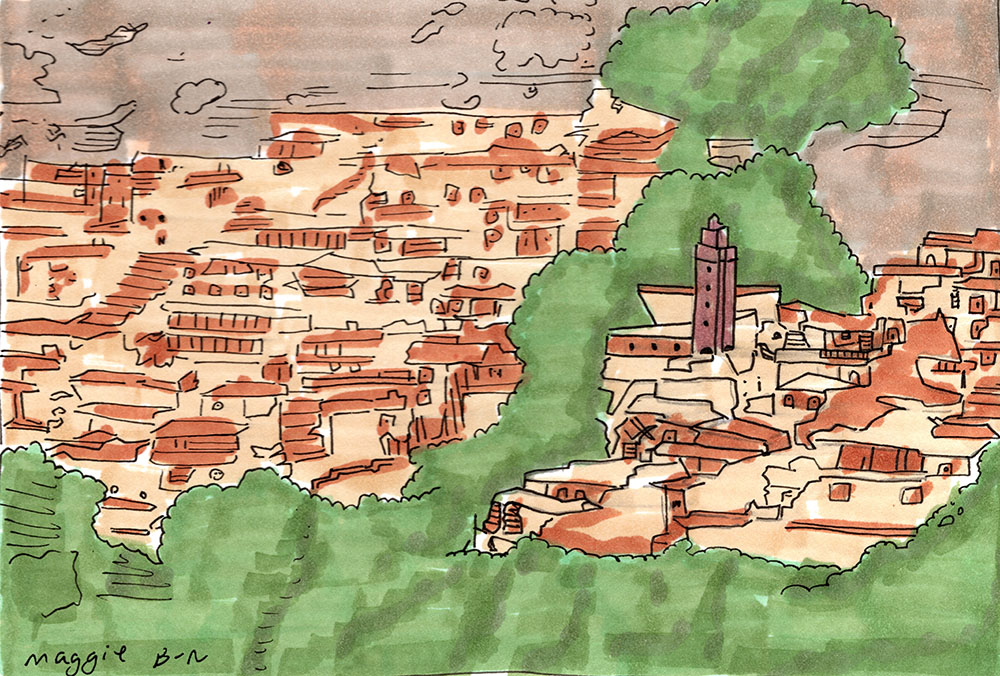
Jews were always a minority in this region, with Muslim Amazigh the majority. Slowly, this population has adopted Arabized culture. Today, local Amazigh families continue subsistence farming on mountain-side terraces painstakingly built and maintained over decades. But their communities have also shifted to a touristic economy, embracing gastronomy, culture, and religious pilgrimage as a source of income.
Some of this cultural tourism is propped up by Sir Richard Branson, the owner of Virgin Atlantic Airways, who acquired land in Kabah Tamdot in 1998 and built a lavish hotel there. Branson uses a portion of his vast resources to support nearby communities, establishing carpet and craft workshops operated by locals.
Religious pilgrimage, too, boost the Atlas communities. Though most of the Jewish residents of this region left by the 1960s for new homes, today, Jewish pilgrims from around the world flock to the mountain town of Ouirgane and other communities during Lag Ba’Omer, a Jewish holiday celebrated in the Hebrew month of Iyar. They come by car and bus (on the last, vertiginous stretch) donkey to pray at the shrines of Jewish saints like Rabbi Haim Ben Diwan, son of the famous Rabbi Amram ben Diwan.
As earthquakes radically reshape the geography, economy, and demography of the High Atlas Mountains, Amazigh and Arab communities will endure because of their local knowledge and their region’s spirit and resilience. At this moment of crisis, the global community ought to mourn with this region, but also honor its history, culture, and future. Morocco should invest in the infrastructure of the High Atlas Mountains responsibly, with an eye towards preserving its culture and fortifying local communities, traditions, and economies.
The crisis in Morocco is in this way an opportunity. If properly managed by locals, state actors, and conscientious visitors, a resilient local economy and responsible ecotourism can be built without forsaking highly localized economic or cultural identities.
For centuries, independence and self-reliance have been sources of pride and endurance for the remote communities of the High Atlas Mountains. They have helped rural children, women, and men to survive the ebb and flow of dynasties, empires, and states, to weather global economic crises, even to survive the Covid-19 pandemic. This resilience, paired with thoughtful infrastructure will help the communities of the High Atlas Mountains persevere through ruin.
Two secure ways to support Moroccan earthquake victims:
GoFundMe organized by Aomar Boum and Brahim El Guabli
Banque Alimentaire du Maroc to donate in dirhams



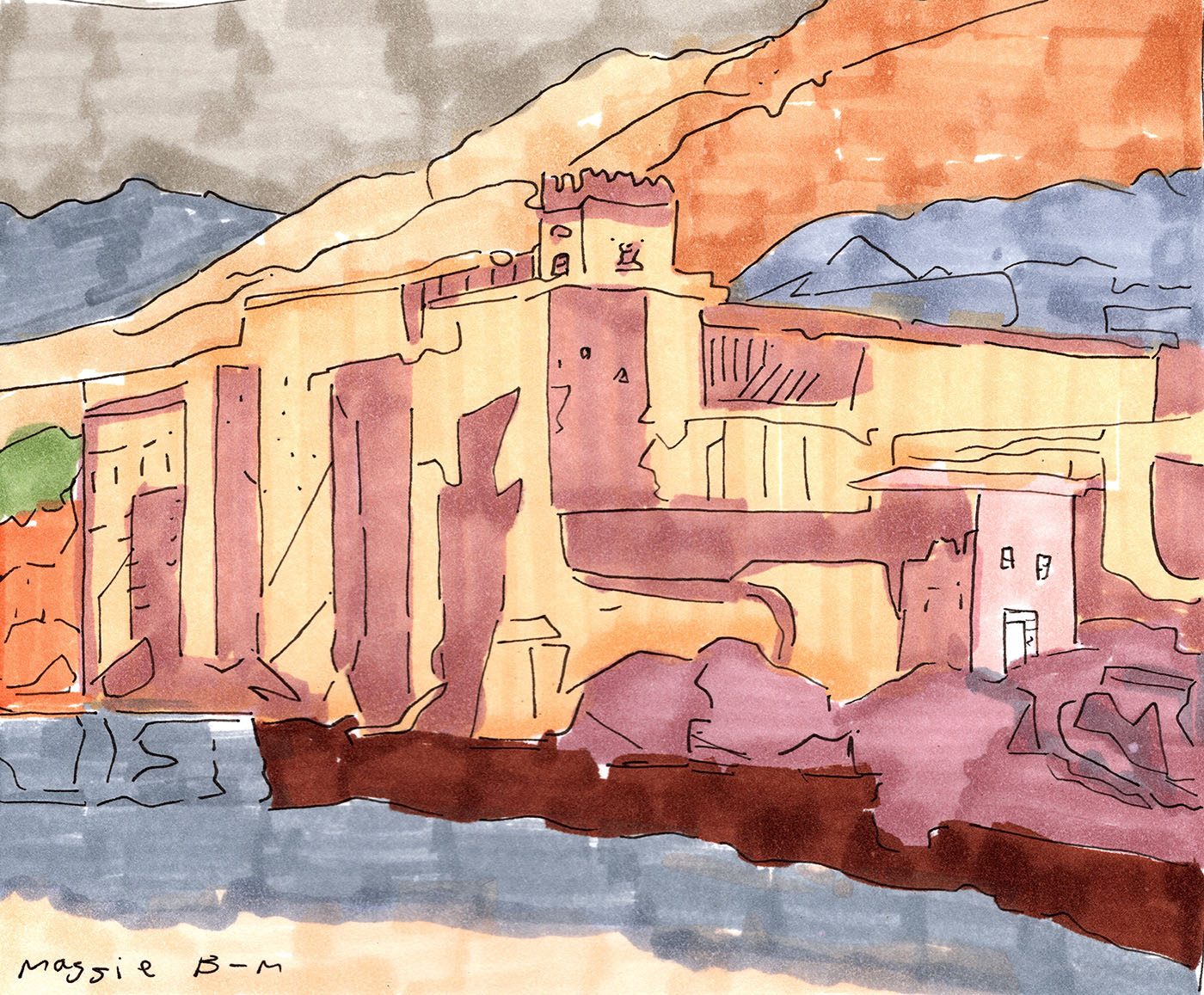

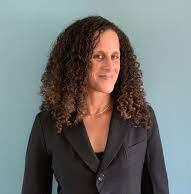
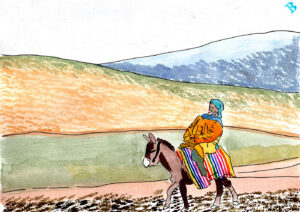
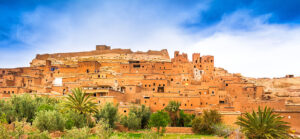
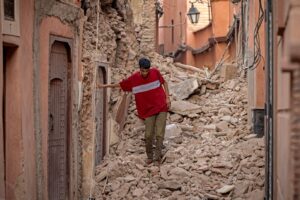
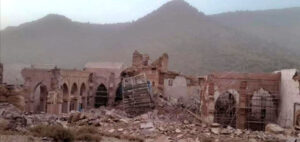
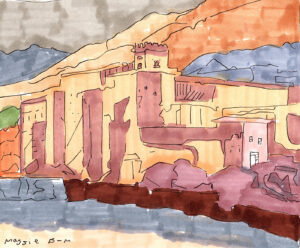
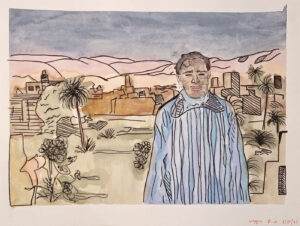





Nice tribute to this region at this sad moment
Thank you so much .Well worded and detailed.